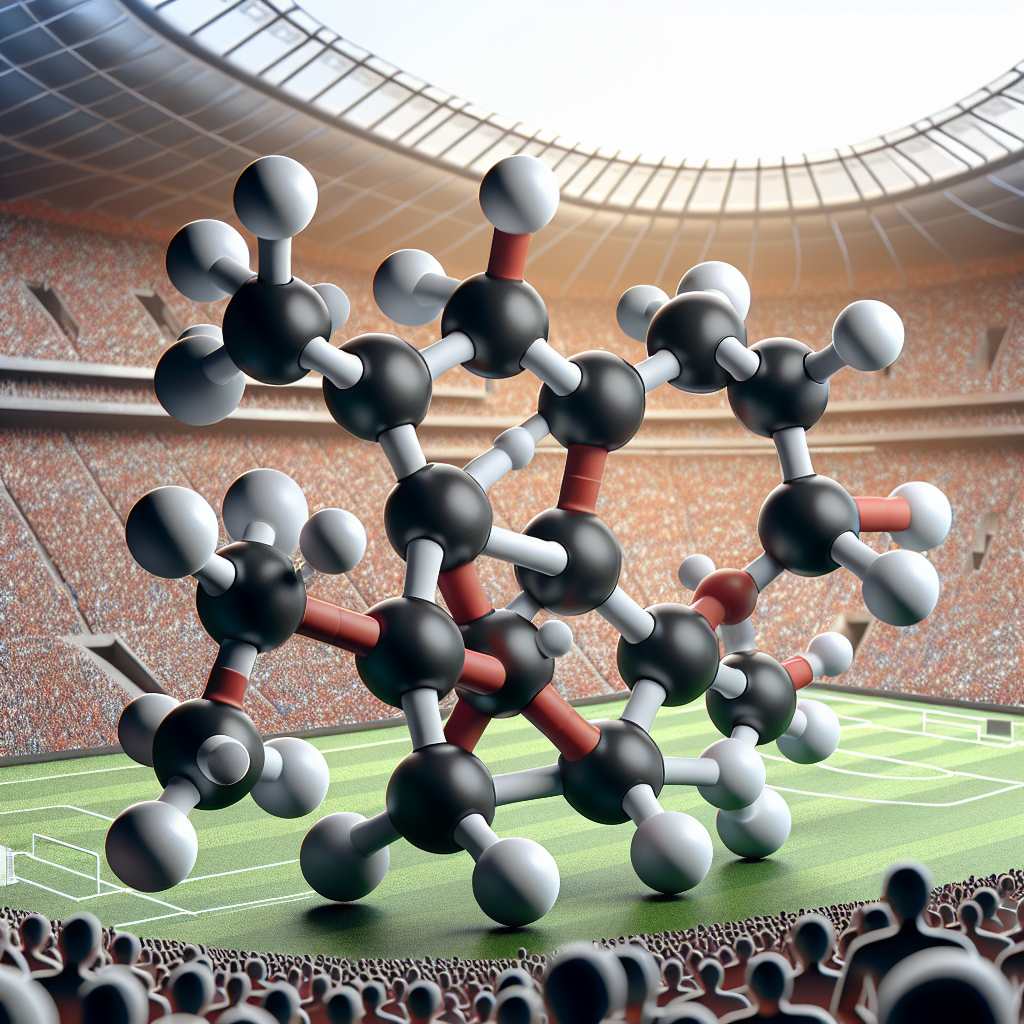-
Table of Contents
Boldenone: A Controversial Supplement in the Sports World
Boldenone, also known as Equipoise, is a synthetic anabolic-androgenic steroid (AAS) that has gained popularity in the sports world for its potential performance-enhancing effects. However, its use has also sparked controversy and debate among athletes, coaches, and sports organizations. In this article, we will explore the pharmacology of Boldenone, its potential benefits and risks, and the current regulations surrounding its use in sports.
The Pharmacology of Boldenone
Boldenone is a modified form of testosterone, with an added double bond at the first and second carbon positions. This modification increases its anabolic properties and reduces its androgenic effects, making it a popular choice among athletes looking to improve their performance without experiencing unwanted side effects (Kicman, 2008). It is available in both injectable and oral forms, with the injectable form being the most commonly used in the sports world.
Once administered, Boldenone is rapidly absorbed into the bloodstream and reaches peak plasma levels within 3-4 days (Kicman, 2008). It has a half-life of approximately 14 days, meaning it can remain in the body for an extended period, making it a popular choice for athletes looking to avoid frequent injections (Kicman, 2008). Boldenone is primarily metabolized in the liver and excreted in the urine, with approximately 14% of the drug being excreted unchanged (Kicman, 2008).
Potential Benefits of Boldenone in Sports
The use of Boldenone in sports is primarily aimed at enhancing athletic performance. It is believed to increase muscle mass, strength, and endurance, making it a popular choice among bodybuilders, weightlifters, and other strength athletes (Kicman, 2008). Studies have shown that Boldenone can increase lean body mass and improve muscle strength in both trained and untrained individuals (Kicman, 2008).
Additionally, Boldenone has been shown to increase red blood cell production, leading to improved oxygen delivery to muscles and improved endurance (Kicman, 2008). This effect is particularly beneficial for endurance athletes, such as cyclists and long-distance runners, who require high levels of stamina to perform at their best.
Risks and Controversies Surrounding Boldenone Use
While Boldenone may offer potential benefits for athletes, its use has also been associated with several risks and controversies. One of the main concerns surrounding Boldenone is its potential for abuse and misuse in the sports world. Like other AAS, Boldenone is a controlled substance and is banned by most sports organizations, including the World Anti-Doping Agency (WADA) and the International Olympic Committee (IOC) (Kicman, 2008).
Moreover, the use of Boldenone has been linked to several adverse effects, including liver damage, cardiovascular problems, and hormonal imbalances (Kicman, 2008). These risks are further amplified when Boldenone is used in high doses or for extended periods, as is often the case in the sports world.
Regulations on Boldenone Use in Sports
Due to its potential for abuse and adverse effects, Boldenone is classified as a prohibited substance by most sports organizations. Athletes found to have used Boldenone can face severe consequences, including disqualification, suspension, and loss of medals or titles (Kicman, 2008). In some cases, the use of Boldenone may also result in legal consequences, as it is a controlled substance in many countries.
However, despite these strict regulations, the use of Boldenone and other AAS continues to be a prevalent issue in the sports world. Athletes may turn to these substances in an attempt to gain a competitive edge, despite the potential risks and consequences.
Expert Opinion
While the use of Boldenone may offer potential benefits for athletes, it is essential to consider the potential risks and consequences associated with its use. As an experienced researcher in the field of sports pharmacology, I believe that the use of Boldenone and other AAS should be strictly regulated and monitored to ensure the safety and fairness of sports competitions. Athletes should also be educated on the potential risks and consequences of using these substances and encouraged to pursue natural and healthy methods of improving their performance.
References
Kicman, A. T. (2008). Pharmacology of anabolic steroids. British Journal of Pharmacology, 154(3), 502-521.






